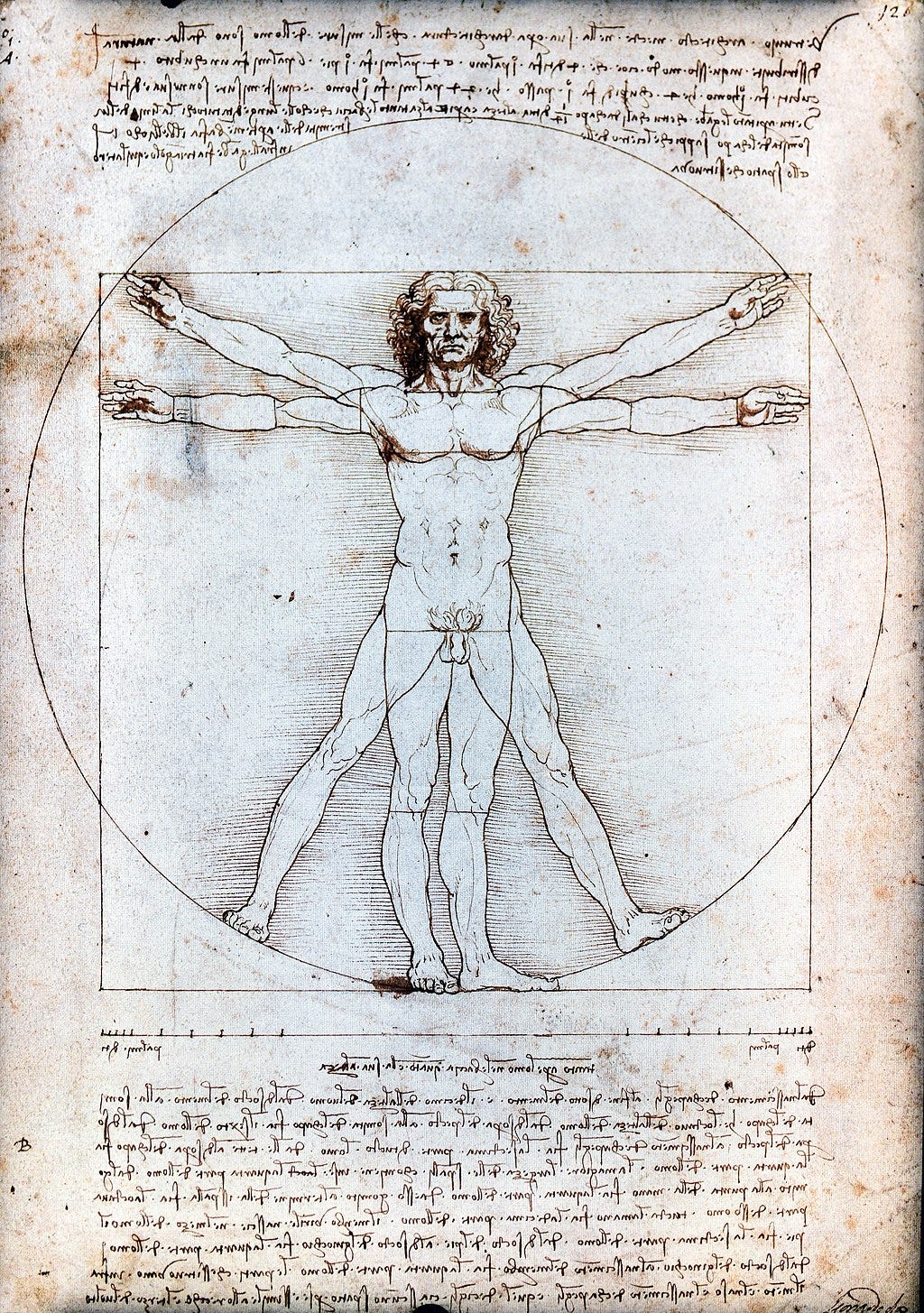Unity, duality and multiplicity. Many would stop right here. Just sit back, relax and enjoy your flight. In case of emergency, remember that 1. suffering exists, 2. it has a root cause, 3. as does its end, 4. and there is a path that leads to the end of suffering.
Give any abstract mind four things and they will try to break them down in two pairs, so they can reflect on their possible symmetries.
When we are tasked to understand the structure of something, whether it is the mechanics of a game or the tensions that underpin a literary dynamic; we usually leverage polar relationships (or Stories with two characters).
Any strategy is a story with four characters: there’s you and your opponent(s), what’s known and what’s unknown.
Don't say we didn't warn you
"You don't really need another character, " - the three voices argued. “any story with three polar relationships is equivalent to a story with four characters. A neutral element and three self-defeating characters are all you need”. The author stared blankly at them, until they noticed her.
"Well, if you really wish, you may go. Proceed with caution. Don't say we didn't warn you".1 The voices replied with a serious hum. It felt as they were singing. Then they laughed.
"Don't you know that every labyrinth of Indian, or Western thought has four walls? Think of the last room where you have fallen asleep, or woken up. Why keep going in squares, when there is a risk of getting lost in a circle?"
The author paused. Reflected. She dreamed of earth and heaven, of fire and water. Then, she recollected the how her journey began with Stories with two characters, and then explored the synthetic yet infinitely generative dialectic of the Stories with three character.
If three felt always moving, four brought her a clearly distinct feeling: a sense of stability. Why? It is our next task to find out.
In the meantime, we noticed that the whole computer science can be thought as an enterprise of four characters. Take two compatible binary operators (and, or) and two states (0, 1): you have all the syntax you need. Give it enough power, time and iterations. The silicon maze you are reading this from may even begin to approximate your semantic capital…
Please remember to be kind to your youngest AI friends. Approximating semantic from syntax is no joke even on this scale:2 no wonders AI discovered (invented?) science is still infinitely problematic, when even representing the simplest four-legged cognitive structure is such a chore.
It was at this point that the author got lost in thought and wondered a fairly odd question.
Is every story with two pairs of characters self-similar?
Duality the youngest of our three characters came to her rescue: "Take this. You might need a map of my palace…"
There are (up to isomorphism) two and only two Groups with four elements: one is cyclic; the other isn't, we call it dihedral. There are (up to isomorphism) eleven Rings of order four.
Was it some sort of joke? Maybe a code? One of those tricky textbook questions where “Proof is left as an exercise to the reader” ?
🎈
David
Don't say we didn't warn you: 勿谓言之不预也, which is the last diplomatic Chinese warning. It’s likely a phrase taken from ancient texts [any reader happens to know which one?]. I understand Emperor Qianlong mentioned this phrase in a letter to King George III of England after rejecting the Macartney Mission’s request for trade, in the context of the Opium War. Reportedly, it was used four times in the last sixty years before violent retaliation ensued.
There are 3492 associative operations out of the 4294967296 possible binary operations in a set of four elements (2012).
One can see there are over 4 billion (4**16) binary operations that can be defined on a set with four elements: [0, A, B, C] x [0, A, B, C] → [0, A, B, C]. Any such operation table has 16 seats, that can be filled with one of 4 choices.
Among all these operations, very few satisfy some of the properties that feel so natural to our non-artificial brains. In fact, around 1M of them commutative and less than 4.000 are associative. A nice surprise for the algebraist that is always used associativity and not as often to commutativity!



